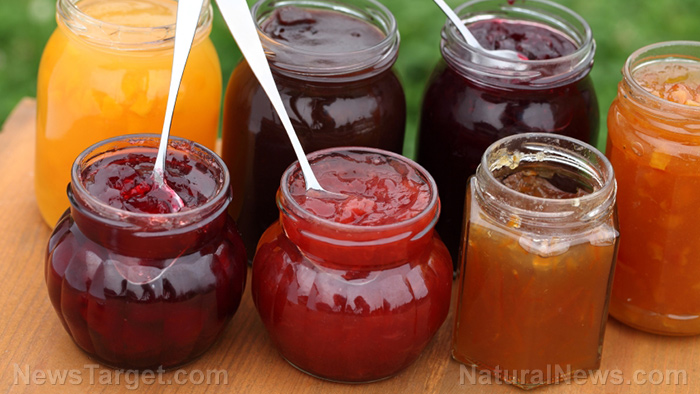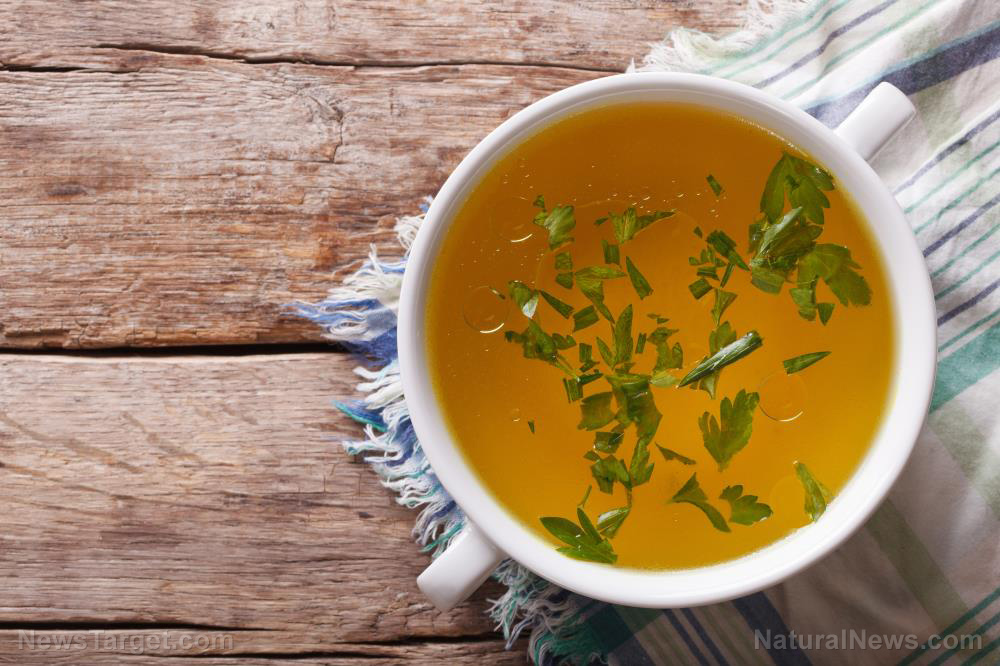
Pectin and GMOs
Preppers use all-natural ingredients to ensure that any food they harvest and preserve can keep them nourished and healthy. However, when it comes to pectin and jam making, even products "Made from real fruit" aren't always free from harmful chemicals.
Pectin is sometimes made with genetically modified organisms (GMOs), like corn. A GMO is an organism (e.g., animals, crops, etc.) with DNA that has been altered/modified via genetic engineering.
Store-bought pectin may contain additives that have been genetically modified. An example is dextrose, which is mostly made up of corn products or GMOs full of glyphosate (an herbicide). The citric acid in pectin can also contain GMO mold.
Making pectin-free jam
This doesn't mean you can't make jam anymore. You just need to tweak your recipes and be more creative. (Related: An essential guide to canning: What you need and how to get started.)
By combining several methods, you can still produce jam that's delicious and still made from natural ingredients. While this pectin-free jam won't gel like other jams, it has a softer texture and a richer fruity flavor.
An added bonus of this new method is you can make two products: fruit jam and sweet fruit juice.
Ingredients:
- ¼ cup of lemon or lime juice
- 3-5 cups and 2 tablespoons (tbsp) of sugar (adjust according to sugar level/sweetness preference)
- 7 pounds of fresh or frozen fruit (about 14-20 cups)
- Clean cotton fabric (without any lint), like a flour sack towel -- This will be used to drain the mixture so use something you don't mind getting permanently stained.
Directions:
- Prepare the fruit. When making jam out of berries, wash and sort them then remove little leaves, twigs, and shriveled berries. For bigger fruits (e.g., peaches) blanch, peel, and remove cores. You can leave a bit of green fruit in since less ripe fruit contains more naturally occurring pectin than ripe fruit.
- Mash, finely chop, or puree the fruit. Pour the puree into a large crock or non-reactive bowl then layer the fruit with half of the sugar.
- Leave the fruit and sugar mixture in the refrigerator overnight. The mixture will have a slightly gelled texture since the fruit juice will combine with the sugar. Some liquid will also separate from the sugar and fruit.
- The next day, get a colander lined with a flour sack towel. Place the colander into a pot that will catch the liquid from the fruit and sugar mixture. Pour the fruit and sugar mixture into the fabric-lined colander. Put the remaining mixture back in the refrigerator for at least one hour so it can drain. Leaving it in the fridge longer will make a thicker jam. From this point on, the instructions will be for two separate products, the jam and fruit syrup.
- To make the jam, remove the fruit from the fabric-lined colander and keep it in a pot in an open area. The fruit will cook down faster and the liquid can evaporate.
- The liquid in the other pot will be used for the fruit syrup. You'll end up with at least one to two pints of liquid, which you can place on the stove. Bring the liquid to a rolling boil. Add 1/4 cup of sugar and a tablespoon of lemon juice per pint, then reduce the heat to a simmer.
- Using a separate burner, add lemon juice to the fruit and sugar mixture. Let it simmer and stir frequently. After one hour or so, the texture will thicken. If there is too much liquid left over, use a fabric lined sieve to strain the mixture. Add the liquid to the syrup if you wish.
- Fill sanitized jars with the syrup or jam. Depending on the type of fruit you used, make the necessary adjustments to process the jam in a water bath canner. Check the chart below for processing times.
This universal jam making chart contains special instructions and the processing times are based on sea level. Adjust these times based on your altitude.
- Cherry -- Pit with a cherry pitter, chop before cooking = 10 minutes
- Grape -- Mill to remove seeds = 10 minutes
- Huckleberry -- Check for stems = 10 minutes
- Peach -- Peel and slice in half to remove pits = 10 minutes
- Strawberry -- Remove cores, mash with a potato masher = 10 minutes
To cut down on the sugar, you can also make a sugar-free jam. The instructions are the same, minus the sugar. This sugar-free jam will be thicker than usual.
Try making some jam today for a more natural alternative that's also GMO-free.
You can read more articles with tips on how to avoid GMOs and harmful chemicals at Chemicals.news.
Sources include:
Please contact us for more information.






















